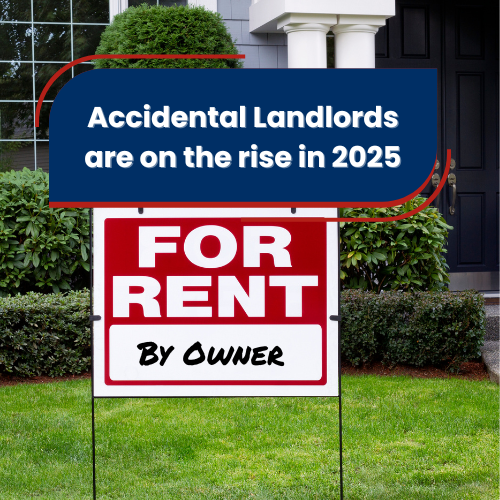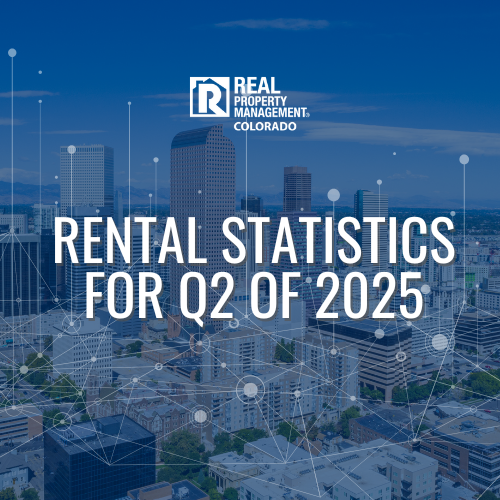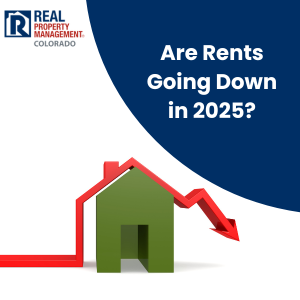 For any of us who read the daily newspaper, watch television, get news feeds online, receive ever-delightful spam emails, or spend any time on social media outlets, we are constantly getting hit by advertisers looking for us to invest with them. Wall Street brokerage houses spend billions of dollars annually on advertising looking for us to invest in their stock and bond funds. Life insurance companies do likewise looking to attract us to their plethora of investment vehicles. Then there’s time shares, bank CD’s, fractional jet ownerships, precious metals, commodities, and the list of potential investments goes on. And then there are investments in real estate of which many of you know really well. For those of you who haven’t seriously considered investments in real estate as an intentional part of your investment portfolio, this next three-part series will focus on just that. So let’s talk real estate!
For any of us who read the daily newspaper, watch television, get news feeds online, receive ever-delightful spam emails, or spend any time on social media outlets, we are constantly getting hit by advertisers looking for us to invest with them. Wall Street brokerage houses spend billions of dollars annually on advertising looking for us to invest in their stock and bond funds. Life insurance companies do likewise looking to attract us to their plethora of investment vehicles. Then there’s time shares, bank CD’s, fractional jet ownerships, precious metals, commodities, and the list of potential investments goes on. And then there are investments in real estate of which many of you know really well. For those of you who haven’t seriously considered investments in real estate as an intentional part of your investment portfolio, this next three-part series will focus on just that. So let’s talk real estate!
Owning Rental Property Just Makes Sense!
For the sake of simplicity, we will compare investments in stock with those in real estate. And to continue in that vein of simplicity, let’s assume someone has $50,000 to invest. If an investor chooses to invest that $50,000 in stocks, the investor has an asset worth just that . . . $50,000. With regards to a real estate investment property, most lenders require a 20% down payment and based on that, an investor can purchase a $250,000 property, put $50,000 down, and get a bank loan for the remaining $200,000 at historically low interest rates. At the end of the day, an investor can own either a $50,000 stock asset or a $250,000 property asset. Why the difference? OPM . . . “other people’s money” also knows as the bank. You see, banks will gladly loan up to 80% of the value of real property but good luck getting any type of loan to finance other types of investment purchases including stocks. So let’s talk appreciation. In the scenario above, if a stock portfolio increases 10%, that leaves the valuation of the investment at $55,000 or an appreciable increase of $5,000. On the flip side, if the real estate investment property appreciates 10%, which much of Colorado’s housing market did in 2013 and is projected to do similarly in 2014, that asset is now worth $275,000. That’s an appreciable increase of $25,000. Let’s not kid ourselves . . . there’s a substantial appreciable difference between the two investments and yet both started with the same $50,000 investment while seeing the same 10% appreciation. That’s the beauty of OPM, also known as leverage, and in next month’s newsletter, we will explore that in more detail, discuss avenues of finding good investment properties, and more. Stay tuned!





